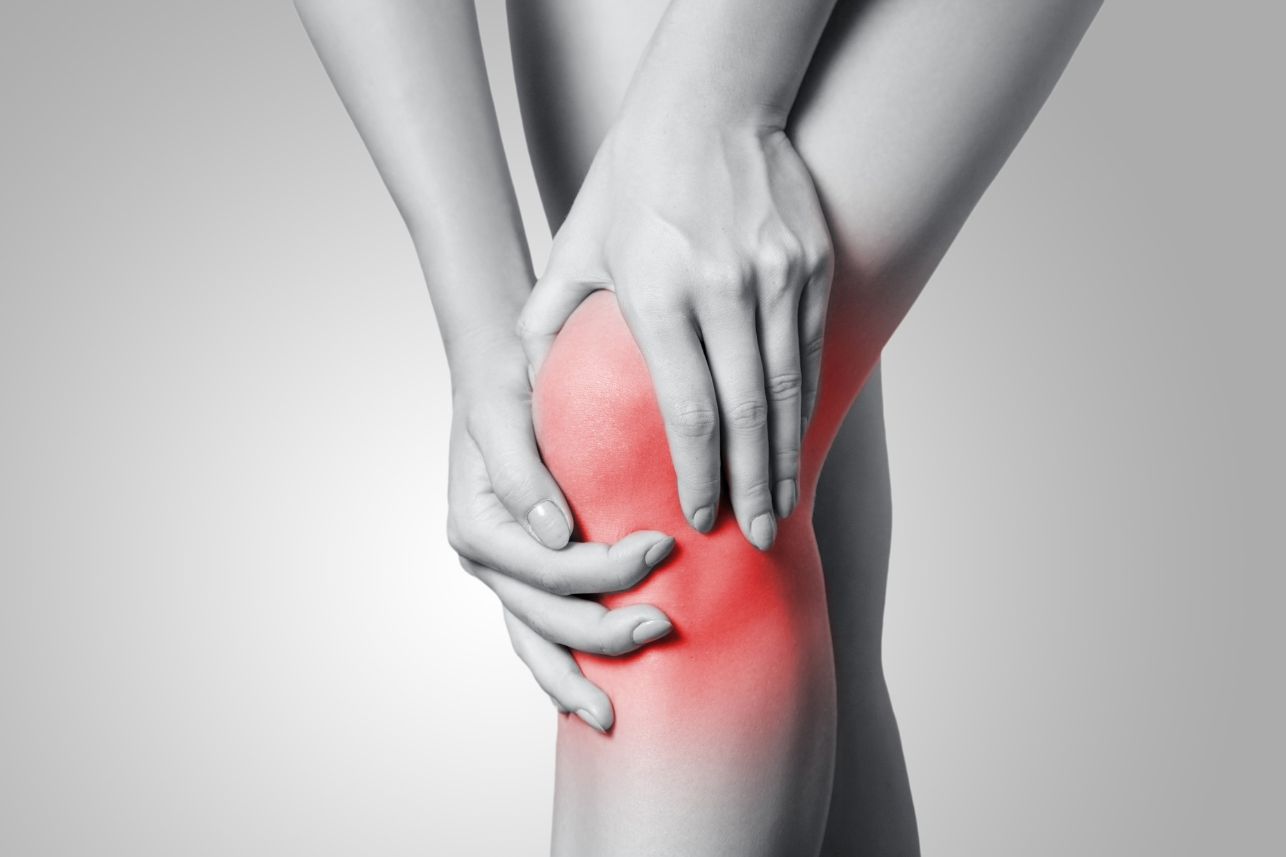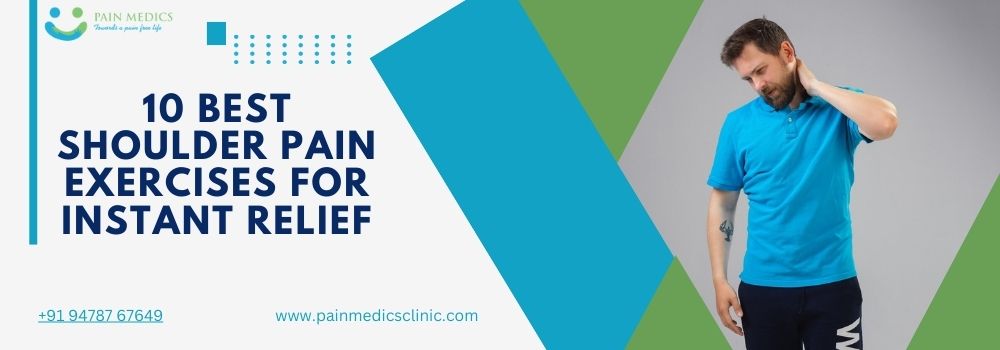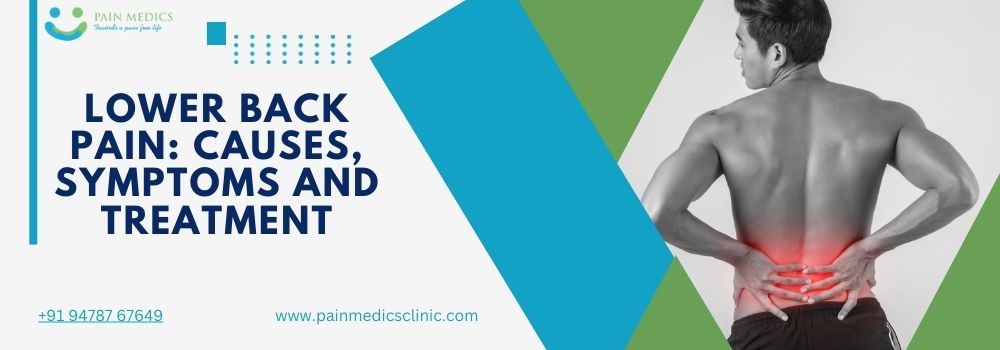Chondromalacia patellae, also known as patellofemoral pain syndrome, is a common knee condition characterized by pain and discomfort in the front part of the knee joint. It primarily affects the cartilage under the knee cap (patella) and can be caused by various factors.
Causes of Chondromalacia Patellae
Chondromalacia patellae often occurs when the patella fails to glide smoothly along the femoral groove, resulting in an abnormal movement of the knee cap during joint flexion. Several factors can contribute to this condition, including:
Muscle Imbalances
Weakness or tightness in the muscles around the knee, particularly the quadriceps and hamstrings, can disrupt the normal tracking of the patella.
Overuse or Repetitive Stress
Activities that involve frequent bending and straightening of the knee, such as running, jumping, or squatting, can put excessive stress on the joint and lead to cartilage damage.
Trauma or Injury
Direct impact or trauma to the knee can cause damage to the patellar cartilage, leading to chondromalacia patellae.
Malalignment or Structural Abnormalities
Certain structural abnormalities, such as an abnormal patellar tilt or a shallow femoral groove, can contribute to the development of this condition.
Signs and Symptoms of Chondromalacia Patellae
The primary symptom of chondromalacia patellae is pain in the front of the knee. The patients when asked, cannot localise the pain to any specific area and cover the whole of the knee with their palm when asked to specifically locate the site of pain.
Other common symptoms may include:
- Pain aggravated by activities that involve bending the knee, such as climbing stairs, squatting, or kneeling.
- A grinding or popping sensation when moving the knee.
- Swelling and tenderness around the kneecap.
- Stiffness or a feeling of weakness in the knee joint.
Chondromalacia Patellae Treatment
The treatment of chondromalacia patellae focuses on reducing pain, restoring normal knee function, and addressing the underlying causes. The following approaches are commonly employed:
Rest and Activity Modification
Avoiding activities that exacerbate the pain and reducing the overall stress on the knee can help in the healing process.
Physical Therapy
Strengthening the muscles around the knee, mainly the quadriceps and hamstrings, can help improve patellar tracking and reduce pain.
Pain Management
Non-steroidal anti-inflammatory drugs (NSAIDs) may be recommended to alleviate pain and reduce inflammation.
Orthotics and Braces
The use of shoe inserts (orthotics) or braces can provide support to the knee joint and help with proper alignment and movement.
PRP and Regeneration
Ultrasound-guided injection of PRP into the knee joint helps regenerate and improve the strength of the knee cartilage. With regeneration and exercises the patients usually remain pain-free for a long time.
Surgical intervention
In severe cases that do not respond to conservative treatments, arthroscopic surgery may be considered. This procedure involves removing damaged cartilage or realigning the patella to improve its tracking.








